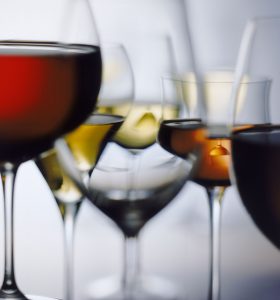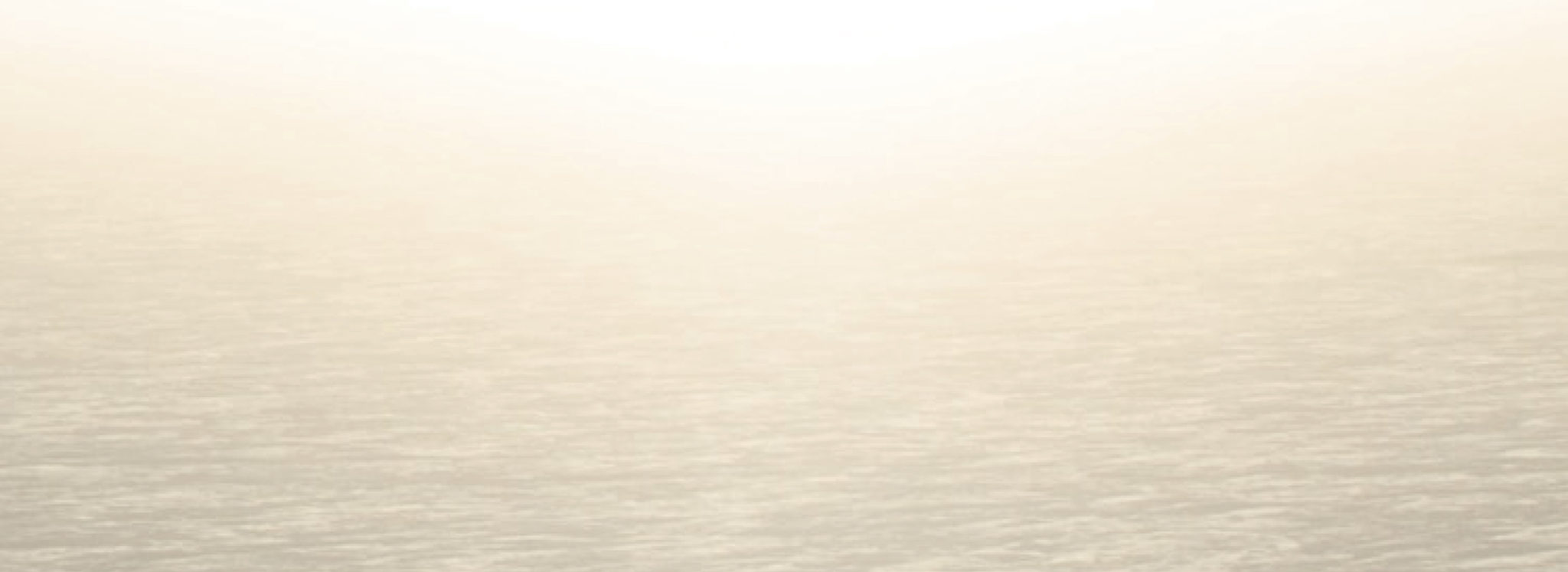Color first and foremost...
Matured in the darkness of the cellar, wine definitely prefers shadow to light. And yet, it is thanks to light that its mysteries are revealed.
In order to discover a wine, one needs to exit the darkness of the cellar and take it into the light. Long before odor and taste, it is appearance first and foremost that gives us the first hint of what this nectar will be. Indeed, anyone who knows what they are looking at will already have an understanding of a wine simply by looking at it.

©Thinkstock
We recommend that as far as possible, tasting should take place in natural light, which reveals the true colors of the wine. Failing this, the next best choice is white light, which is the only option capable of providing a true perspective of the color of the wine. In the same way, a white tablecloth should be used as a background against which one can delicately incline the crystal glass to gain an appreciation of the tints in its contents, without being spoilt by a lack of neutrality in the surrounding décor. Even before raising the glass to one’s nose or mouth, light gives us the first indication of the wine’s maturity. Filtering through its robe, it reveals the range of colors, full of different shades. The dark garnet of red wines gives way to red-tile effects over the years. In dry white wines, the bright yellow, sometimes shot with green tints, will mature to a more amber, honey-colored hue. Finally, light enhances the gold in sweet wine wines with their deep yellow color. It also enables the intensity of the wine’s color to be revealed, providing a hint of its density, which is synonymous with richness.
FROM THE SHADOWS BEDAZZLED SENSES
While light guides our eyes during tasting, it is also critically important in the vineyard. One must not forget that it is light
that causes photosynthesis, or in other words life! A soft light is perfect for cultivating vines, with many little leaves gently allowing the light rays to filter through and caress the grapes. The influence of light is also apparent in the ground: light-colored soil reflects the sun to a greater extent, while not becoming warm as quickly. It is therefore a veritable alchemy of light that creates the deep, subtle character of the vine and its fruit.
However, light can also be a pitfall for wine during its maturing phase. It is not for nothing that wine is protected from excessive light: to slow down its evolution and ensure it the best possible maturation, green bottles tend to be used with labelling that filters light rays. This helps to avoid an unwanted «goût de lumière» (lightstruck) taste. And so it is that the pleasure of selecting a wine in the soft, diffuse light of the cellar is part of the charm of a lengthy discovery, like a treasure that is revealed little by little. And the secret darkness of cellars will retain their share of the mystery for a long time to come.
Related articles
Tony Parker & Michel Reybier
An obvious meeting of minds
La Maison d’Estournel – New port of call
A residence dedicated to the joy of relaxing in the heart of nature.
From grape to glass
Thoughtfully served, the first thing one does is to examine its robe, which one inhales. We know that it will be delicious from the very first mouthful.
The irresistible Carole Bouquet
Actress and winemaker, Carole Bouquet is not just a stunningly beautiful celebrity. She is also endowed with remarkable strength and a winning spirit.









